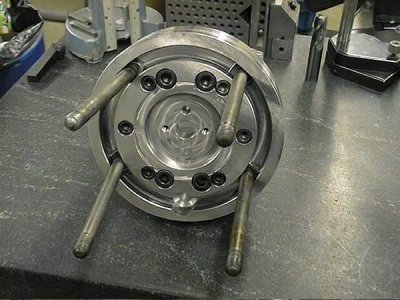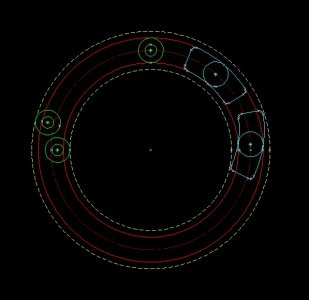- Joined
- Mar 21, 2013
- Messages
- 4,064
Hey guys,
I want to make a t-slot in steel along a 1.5" radius or thereabouts in a complete circle. This will be the base for a radius turning tool and I want to be able to pivot a full 360.
Not having attempted something like this before, I thought I'd ask for suggestions regarding how and what I'd use to go about this. I figure to use a 6" rotary table to rotate the plate, but that's about as far as I've gotten.
What kind of cutter would I use, and any particulars in it's setup?
EDIT: I screwed up. This probably needs to be in General. Somebody please move?
Bill
I want to make a t-slot in steel along a 1.5" radius or thereabouts in a complete circle. This will be the base for a radius turning tool and I want to be able to pivot a full 360.
Not having attempted something like this before, I thought I'd ask for suggestions regarding how and what I'd use to go about this. I figure to use a 6" rotary table to rotate the plate, but that's about as far as I've gotten.
What kind of cutter would I use, and any particulars in it's setup?
EDIT: I screwed up. This probably needs to be in General. Somebody please move?
Bill
Last edited:



